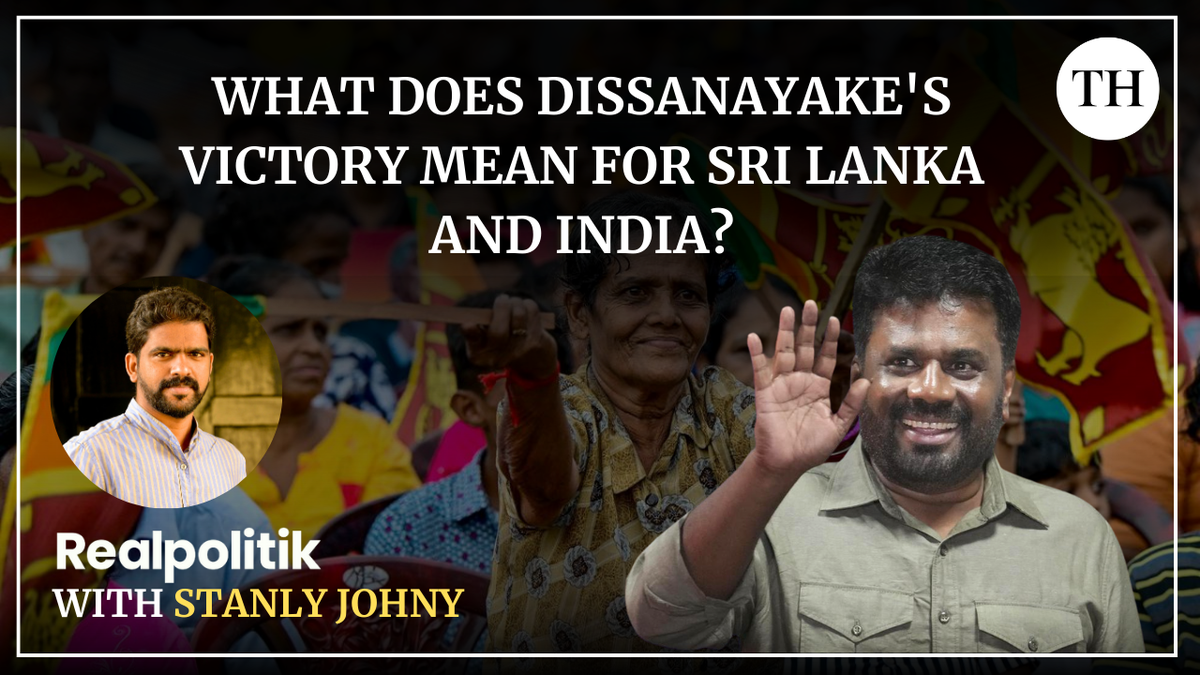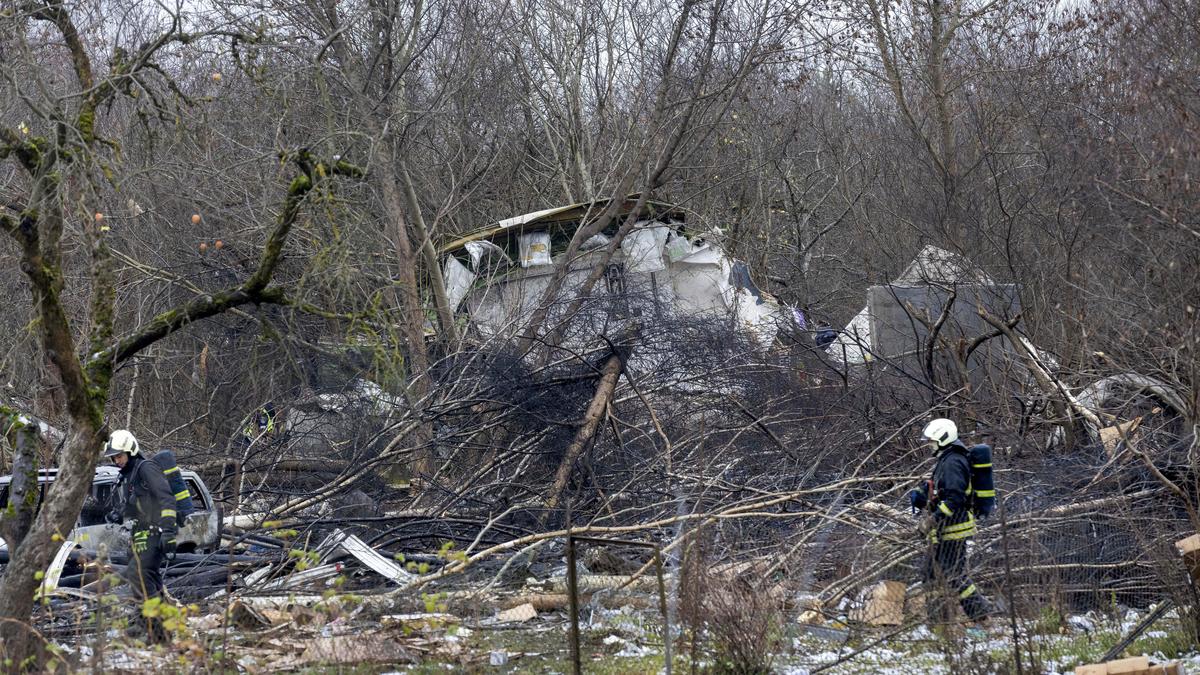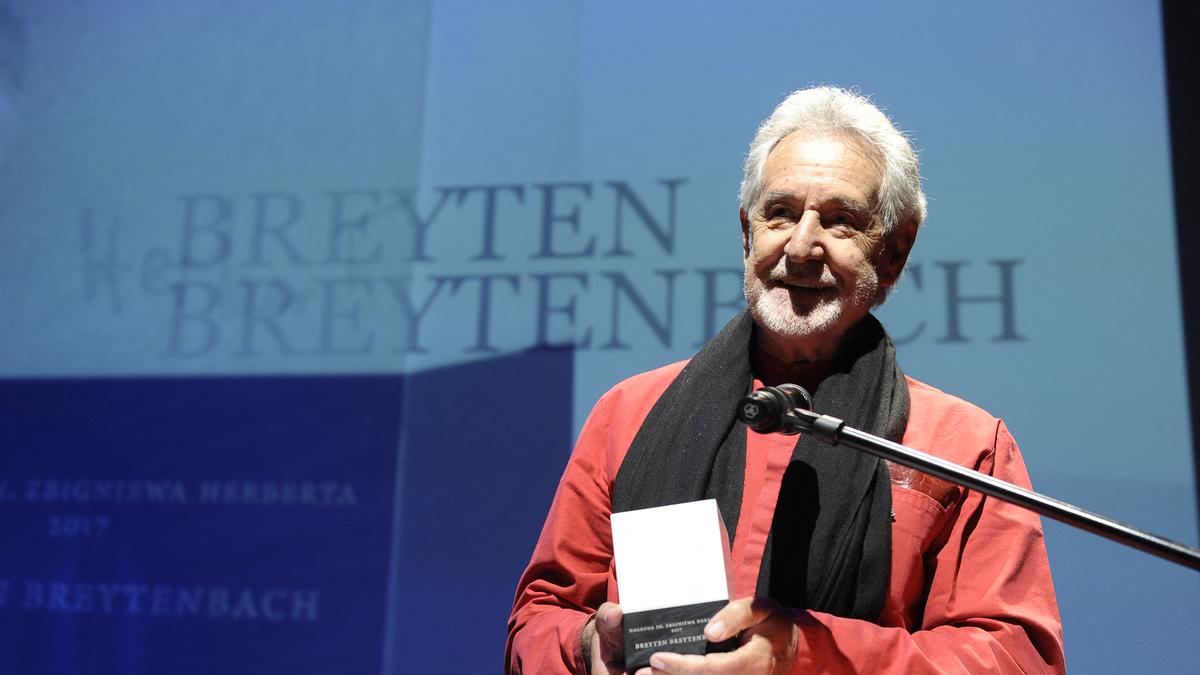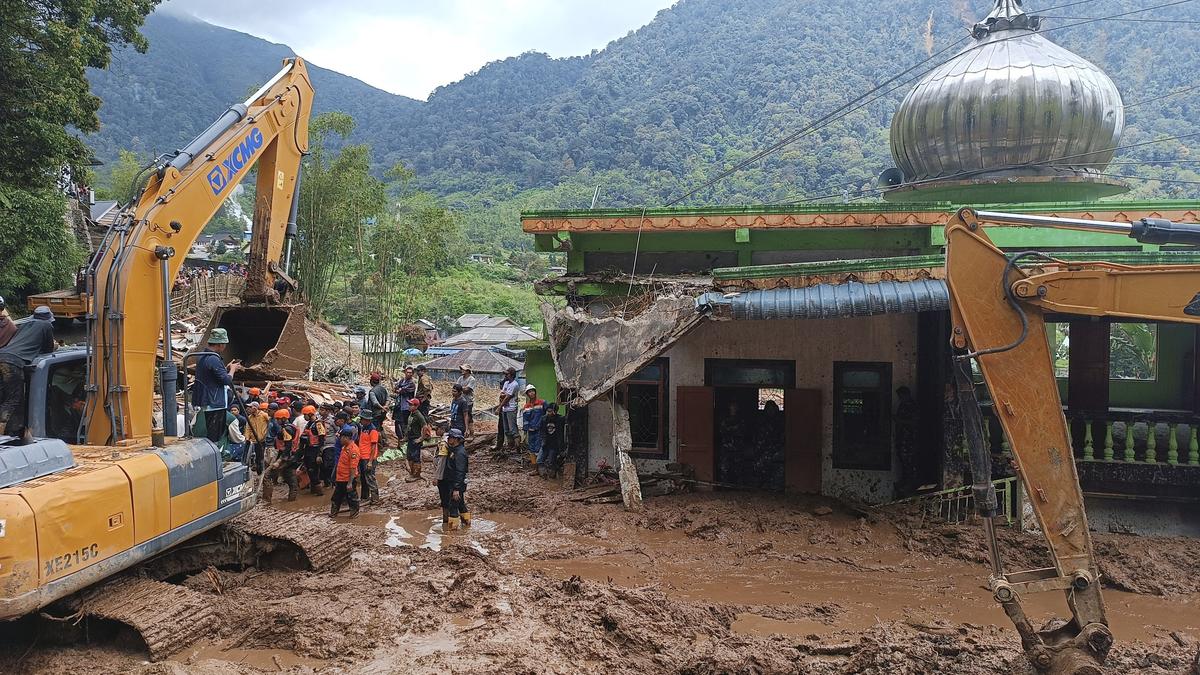In many ways, it was a crucial election for Sri Lanka. It was the first election since President Gotabaya Rajapaksa was booted out of power by a popular uprising in July 2022. It was an election that was largely fought on economic issues. It was an election where the Rajapksas, the family that dominated Sri Lanka’s politics for years, were not a significant factor–Namal Rajapaksa, son of former President and Prime Minister Mahinda Rajapaksa, was one of the 38 candidates but was never seen as a frontrunner.
The fight was largely between three candidates — incumbent Ranil Wickremesinghe, who assumed presidency after Gotabaya fled the country in 2022; opposition leader Sajith Premadasa, and Anura Kumara Dissanayake, leader of the Janatha Vimukthi Peramuna, a party with Marxist origins.

While Wickremesinghe and Premadasa represented the old establishment, Dissanayake, a leftist who had earlier said what Sri Lanka wanted was a liberation struggle not just a regime change, pitched himself as an agent of change–the original promise of ‘Janatha Aragalaya (or People’s struggle), the mass movement that bought down the Rajapaksas. He promised to fix island nation’s battered economy and wipe out racism. His outsider image and promise to break from the past seemed to have helped him win the trust of Sri Lanka’s voters and script history. On September 23, two days after his election victory, Dissanayake was sworn in as the new President of Sri Lanka.
Stanly Johny and Meera Srinivasan discuss Dissanayake’s victory and the challenges he faces both on the domestic and foreign policy front.
Production: Aniket Singh Chauhan
Video: Johan Sathyadas, Shiva Raj
Published – September 30, 2024 11:08 pm IST





